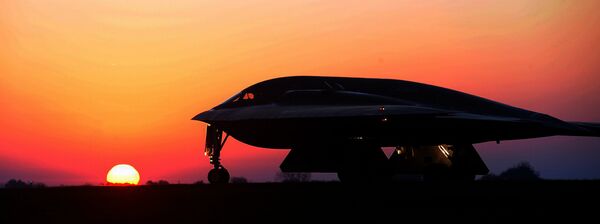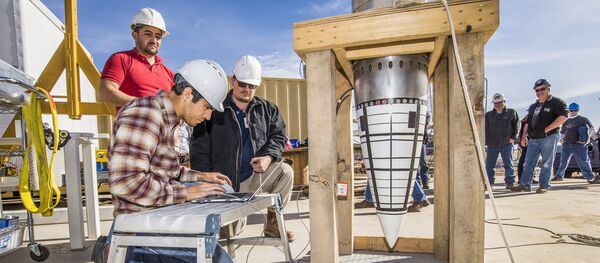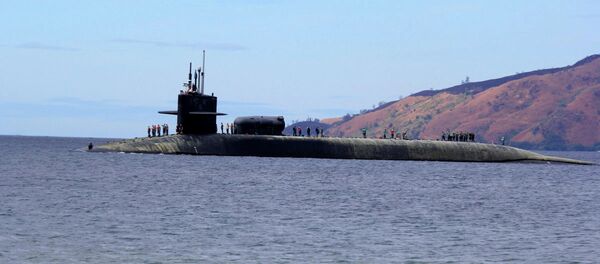“A nuclear-armed bomber force makes little marginal contribution to deterring a large-scale nuclear attack,” two military experts wrote in their article for The National Interest magazine.
“Without wartime dispersal, airfields for USAF (US Air Force) bombers comprise just five well-known aim points, easily destroyed with a handful of nuclear explosions,” they reasoned.

They compare these facilities with those of the Minuteman ballistic missile force, and “the 400 aim-points it presents any attacker”.
Destroying all those silos, they say, would elicit an intense US response, given the large scale devastation that would undoubtedly occur.
“Even if these attacks were conducted with low-yield weapons, the death, destruction, and fallout from so many atomic explosions would be considerable and long-lasting. Depending on the wind, Bozeman, Billings, or Bismarck could be at least rendered uninhabitable. An enemy would have to be reckless to presume that sort of bombardment could be conducted without an intense, and most likely immediate, response.”
They also note that land-based ballistic missiles can't attack just any target.
“The Minutemen are awkwardly constrained in their target sets, as a shot towards China needs to fly over Russian Siberia, possibly eliciting an unintended response.”
The successful penetration of enemy airspace by an 'air-breathing' (jet-powered) bomber, however, would allow the US to detonate a nuclear bomb prior to detection.
“A strike could disrupt or even destroy the enemy's nuclear command-and-control network, and theoretically could decapitate the political leadership, without their ever knowing what had happened.”
However, the US Navy’s Ohio-class nuclear-powered submarines and their eventual replacements could achieve the same result.
Moreover, the US Navy has eight submarines of the class at sea at any time, which makes it more secure as “no enemy has the submarine fleet to find them all at once”.
With such existing nuclear capabilities, the authors suggest, the use of an air-breathing bomber is probably “something one doesn’t want”.




